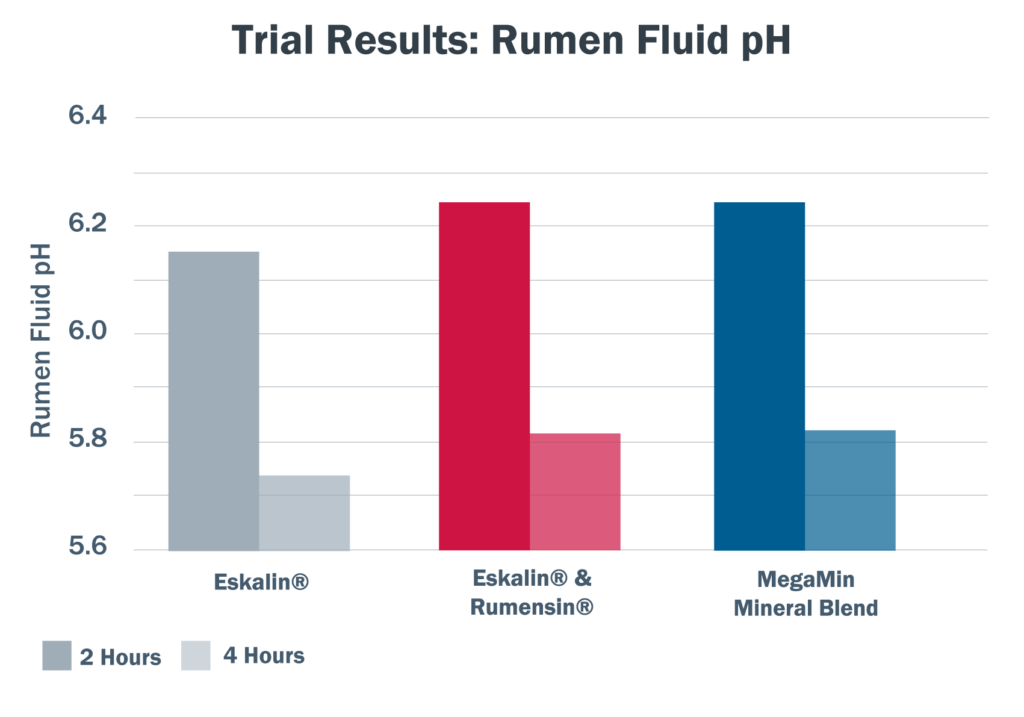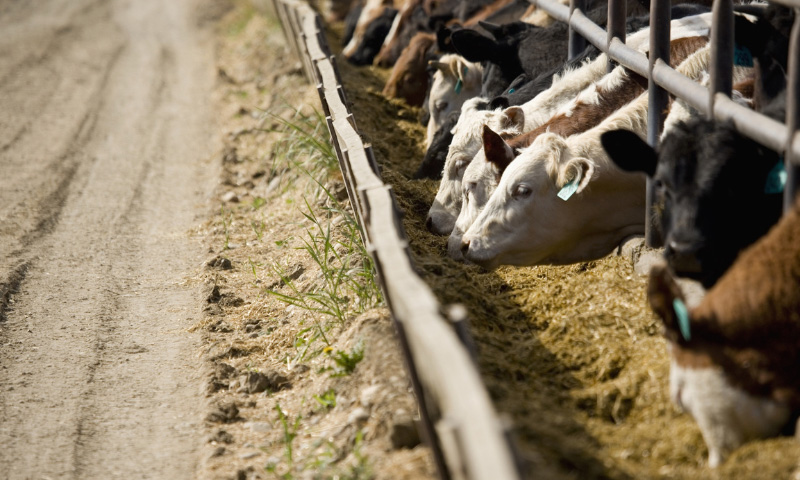Whether you are looking to feedlot livestock, prepare bulls for sale, early weaning, background steers or survival feeding, the AgSolutions team can assist in providing a balanced ration to meet livestock production targets.
A grain ration should be designed to give maximum weight gain and fattening rates at the lowest cost possible with minimal metabolic issues. To get the best result, there are a number of important details to be considered.
What ingredients to use?
When selecting ingredients, it is important to look at both quantity and quality. The initial selection of ingredients for your ration will depend largely on what is readily available in your area at lowest cost, however a very cheap source of contaminated grain or silage won’t end up so cheap if you end up losing the majority of your herd to toxicity.
Barley is a preferred grain for feedlot rations, but we can formulate rations with all types of grain. Many concentrates have high levels of urea, which is often not required and can have a negative impact and reduce weight gains.
If feed testing is required, we can organise for the testing of feedlot ingredients that you have available however, we also have the data for the average calibrations of most feedlot ingredients, so for us to review your ration, it is not necessary to have your feed tested.
Remember, if testing is required, rather than testing the ration, test the raw materials, especially silage, hay and grain. When there is a change in availability or price of ration ingredients, we can also assist you to adapt the ration formulation with the new ingredients.
Effective, chewable floating fibre
One common problem in a ration can be a lack of effective, chewable, floating fibre. “Effective fibre” provides a floating rumen mat for the effective fermentation of grain. When there is a lack of effective fibre, grain falls to the bottom of the rumen wall, where the lactic acid producing bacteria will be the main population digesting the feed, leading to acidosis, scouring, low weight gain and sore feet. Although the cattle may recover from sore feet and scouring when the diet is balanced, the rumen wall is often permanently damaged, reducing weight gain and livestock performance.
Providing the correct amount of fibre (hay, pasture, silage, haylage, chaff, whole cottonseed and straw) in the diet is critical to reduce the risk of poor rumen health and acidosis. Self-feeders can be difficult to get enough fibre in the bin without causing problems with auguring or bridging. There are several flowable fibre sources available if you don’t have the ability to mill straw.
Cattle and sheep can still get into trouble with acidosis if they are able to separate the grain and hay, so the length of the fibre is also another critical consideration to minimise sorting. It is quite common to hear of graziers who have lost a couple of head when feeding grain. This ultimately has an impact on feedlot profitability and should not happen with a balanced ration.

How to introduce livestock to grain rations
Stock that are fed grain or any feed with a high carbohydrate content should be introduced gradually to the ration so that rumen microbe populations have time to adapt. Starter rations should not contain any more than about 50% grain and the transition to the final diet should be taken slowly over at least 10-14 days.
Formulation of a ration
A ration requires a balance of the following elements:
- Roughage (hay, pasture, silage, haylage, chaff, whole cottonseed and straw) because adequate fibre is crucial to a healthy gut environment for rumen microbes and to help prevent metabolic issues.
- Energy, which is provided in the forms of starch, sugars, cellulose and fat, is the “fuel” which drives growth (weight gain) and the function of all body systems.
- Protein is the building block of the body and is the primary component of muscle and developing bone.
- Minerals are inorganic substances, present in all body tissues and fluids that play important roles in physiological, structural and regulatory functions within the animal’s body and without adequate levels a number of health issues may arise.
- Vitamins are nutrients that animals require in very small quantities for normal growth and maintenance of life and the needs for each differ considerably.
- Water is vital to the life of the animal and the water content of the body must be maintained at all times. Water quality and palatability is critical and it’s important to regularly clean the water troughs of livestock on high grain diets.
How can AgSolutions Help?
We offer a complementary ration formulation service and if required, AgSolutions’ can also provide a feed testing service. Testing feedlot ingredients assists to make more informed decisions on the quality and safety of the feed that you have available however, we do have the average calibrations for nearly all feedlot ingredients so it is not always necessary to have your feed tested for us to review your ration.
MegaMin: Backed by Science
In replicated trials conducted at the University of New England, MegaMin Mineral Blend was proven to be an effective pH buffer in comparison to the use of Rumensin and Eskalin for grain fed stock. Now, these natural minerals are formulated with Bovatec and additional vitamins to form MegaMin Feedlot Enhancer.
In addition to the benefits of natural minerals, Bovatec® promotes beneficial rumen bacteria for better rumen function, helping to improve feed conversion efficiency and daily weight gains.

